Viruses that attack Garden Plants: What are they and what to do
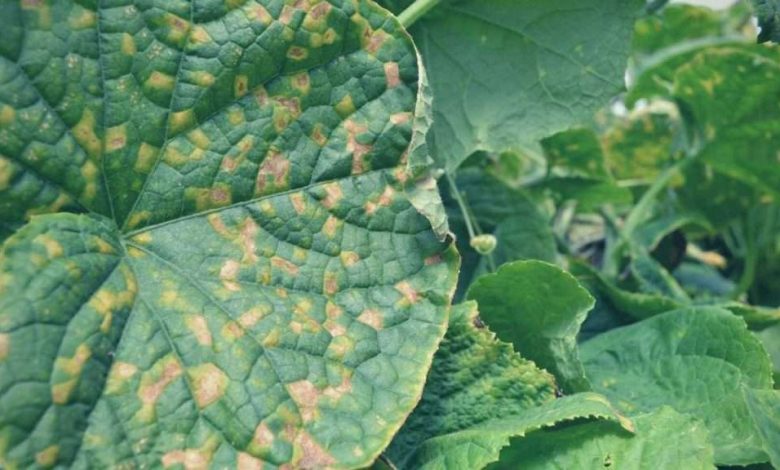
I have already told you other times that one of the causes of diseases in garden plants are viruses (there are also nematodes, fungi and bacteria).One of the main symptoms caused by viruses is chlorosis or the appearance of yellow spots on the leaves, but they have more. In this post I will talk about some of the most common viruses in the garden, which plants they affect and what their symptoms are.
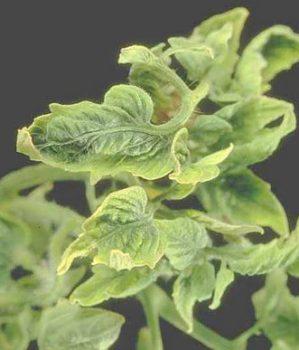
Prevention and ecological treatment of plant viruses
It is important that you detect them quickly because it is a serious problem: it cannot be remedied (you must uproot the affected plants) and it can spread to all the plants in the garden.
To prevent them, crop rotation, the use of a reflective plastic mulch, the prevention of pest-insects that transmit them (sap suckers) such as aphids and red spiders, or hygiene after having been in contact with plants. sick, are some of the things you can do.
To disinfect the soil if your plants have been sick with viruses, solarization and biosolarization are very effective ecological methods that can help you permanently eliminate them from the garden. In addition, they have many other utilities (more info in the link above).
Viruses that affect tomato
There are several, and, as you can read below, they not only affect the tomato, but also other vegetables in the garden. The most important are:
Tomato Mosaic Virus (ToMV)
It is transmitted by the remains of crops, by mechanical means -which is why cleaning the implements and tools of the orchard is so important-; and also for the seed (you should always buy healthy seeds and not of dubious origin: buy them in nurseries or make sure, if they have been given to you, that they do not come from diseased plants).
It mainly affects indigenous or traditional varieties of tomato and pepper, and can also affect other nightshades, spinach and beetroot.
Symptoms: necrosis of stems, petioles and fruits inside. Yellow betas appear on the outside of the tomatoes and they grow considerably less. Deformation and yellow spots on the leaves in the form of reticulated or dotted.
Spoon virus (TYLCV)
It is transmitted by whitefly, so be careful and properly control this pest (yellow traps work very well).
Symptoms: It stops growing and the plant stays lower than normal so the fruits are smaller and paler than normal.The leaves are rolled along the main vein in the form of a spoon and the edges of the leaves turn yellow.
Tomato wilt virus (TSWV)
It can affect a large number of garden plants such as: tomato, potato, pepper, cabbage, lettuce…
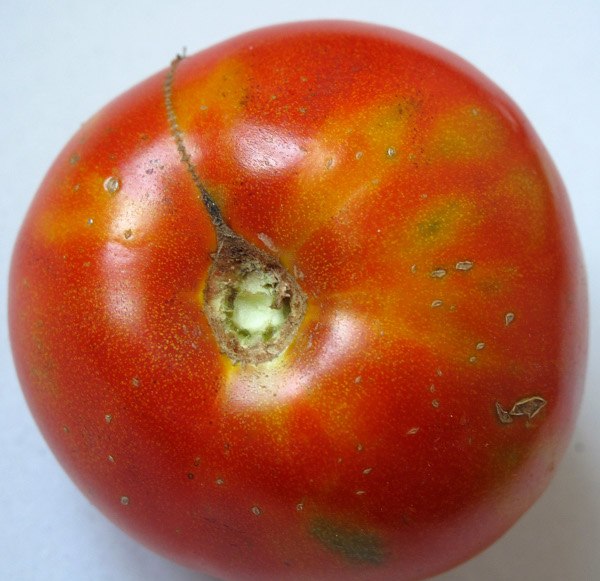
Symptoms: dwarfism of the plant and little or no production, even the plants can die. It leaves a tan on the leaves, with necrotic (dark) dots and spots that can also affect the petioles and stems. Spots, deformations and necrosis also appear on the fruits. Cabbage, lettuce and other vegetables of this type appear yellow discoloration or spots and the edges of the leaves with tan, as «burnt».
It is transmitted by thrips, so watch out for them! Start suspecting this virus if you have had a plague of thrips and symptoms like the ones I have described begin to appear on the plants.
I leave you this article from the Navarra Agraria magazine that is very interesting and with which you can learn a lot about this virus.
Cucumber mosaic virus (CMV)
It is transmitted by seed, by tools that have been in contact with diseased plants, or by aphids.
It affects a lot of crops: cucumber, courgette, melon, watermelon, spinach, bean, tomato, pepper…
Symptoms: the leaves grow deformed and yellow spots appear in the form of dots (mosaics) that later become necrotic. Younger leaves tend to curl downwards, and longitudinal striae appear on stems. In the fruits, growth below normal, roughness and streaks or mosaics of different shades.
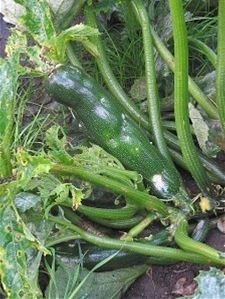
Lettuce mosaic virus (LMV)
It is transmitted mainly by aphids.
Young leaves are stunted, stunted, and mottled yellow. If the lettuce was already formed when the virus attacked it, the outer leaves turn yellow and tend to curl up and/or become necrotic.
Other viruses of garden plants
There are many others that can affect garden plants, such as:
- Pepper Mild Mottle Virus (PMMV)
- Onion yellow dwarf (OYDV)
- Melon yellows virus (BPYV)
- Zucchini Yellow Mosaic (ZYMV)
- Potato leafroll virus (PLRS)
- Common bean mosaic
References
- Tellez, M., Simon, A., Rodriguez, E., Janssen, D. (2017).Control of Tomato leaf curl New Delhi virus in zucchini using the predatory mite Amblyseius swirskii.Biological Control, 114, 106-113.
- Hasiów-Jaroszewska, B., Komorowska, B. (2013).A new method for detection and discrimination of Pepino mosaic virus isolates using high resolution melting analysis of the triple gene block 3. Journal of Virological Methods, 193 (1), 1-5.
- Esfandiari, N., Sefidbakht, Y. (2018).An isolate of Potato Virus X capsid protein from N. benthamiana: Insights from homology modeling and molecular dynamics simulation. International Journal of Biological Macromolecules,116, 939-946.
I hope that the post has helped you to get an idea of how broad this topic is and helps you identify virus problems in the orchard.



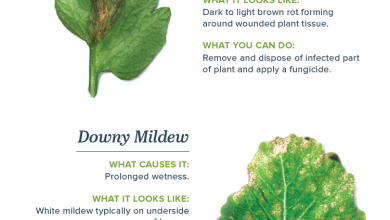
![Photo of How to Plant a Ficus: [Complete Guide to Planting this Tree]](https://www.complete-gardening.com/wp-content/uploads/2022/08/how-to-plant-a-ficus-complete-guide-to-planting-this-tree-390x220.jpg)